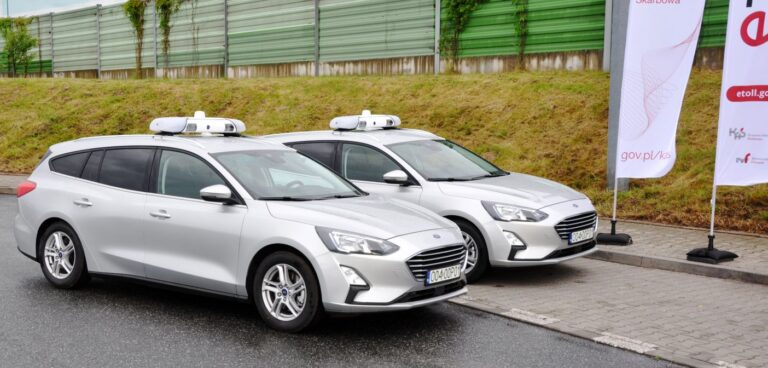The digitisation of infrastructure has opened new doors in intelligent traffic management…
New digital technologies are transforming the mobility industry at a rapid pace. Innovations like artificial intelligence have the potential to improve everything from pricing models and traffic management to safety and emission reduction.
Vitronic is harnessing the full potential of intelligent infrastructure and data to take traffic management to the next level – to the benefit of customers, road users, and the environment.
Efficient and sustainable tolling
Tolling is playing an increasingly important role in future mobility – reducing congestion, making traffic safer, and contributing to new mobility solutions such as Mobility-as-a-Service (MaaS). Tolling also has an important role to play in reducing emissions and overcoming the climate crisis.
Dynamic tolling systems that differentiate between factors like vehicle types and emissions are a fair solution to fund modern infrastructure and more environmentally friendly means of transport. Tolling can also be used to control pollution and congestion, with models that impose speed limits, access restrictions, or increased fees when thresholds are exceeded.
Versatile, flexible, and user-friendly tolling systems are needed to manage the increased volume of traffic in cities and allow the sustainable financing of alternative mobility concepts such as connected and autonomous driving. Vitronic enables a new level of tolling through 360° technology and comprehensive tolling expertise, including image/video-based tolling (AI detection), high-performance laser vehicle detection, and both mobile and stationary automatic control.
One new Vitronic development is mobile toll control vehicles. These vehicles are powered by an Enforcement Bar – a mobile, fully automatic license plate reading and classification system that can recognise license plates in four directions. Even at high speeds, the system achieves a very high recognition rate – meaning the detection, identification, and classification of vehicles can be carried out automatically from a moving vehicle. More than 100 of these vehicles are already being used by the National Tax Administration in Poland.
Greater safety for vulnerable road users
In addition to optimising traffic flow and reducing emissions, the safety of all road users must be considered, especially vulnerable road users (VRUs). With the number of VRUs increasing in urban centres, cities need, beside speed and red-light enforcement, intelligent technology and traffic concepts to help protect them.
A number of innovative pilot programs are currently taking place all over the world to explore how new technologies can be utilised to protect road users.
In Dubai, a pilot project jointly developed by Dubai Police and Vitronic Middle East is exploring how machine learning and AI can be used to increase safety at crosswalks. A convolutional neural network (CNN)-based system monitors the crosswalk and automatically distinguishes between pedestrians, cyclists, and motorised road users. If a vehicle disregards a pedestrian’s right of way or endangers them, a violation is issued. The system can also connect to a traffic light and automatically switch it to red to allow pedestrians to cross.
The future of smart mobility
Vitronic’s vision for future mobility is intelligent infrastructure that comes to life through the smart integration of different traffic technologies – from speed cameras and traffic lights to the vehicle itself. This connectedness could generate a wealth of data that could be used to shape all kinds of planning and policy activities.
Data could help structural engineers and architects predict the utilisation of a bridge, and inspectors measure abrasion and potential danger. It could also help countries monitor mobility trends or reduce pollution, congestion, and noise – paving the way for greener cities.
Smart mobility is about more than just traffic control, but reliable and precise traffic detection systems will play a central role in the future of transport. With the right technology and infrastructure in place, traffic management becomes green, sustainable, safe, and flexible.
This article was originally published in the March 2022 issue of CiTTi. Click here to view the original article.





